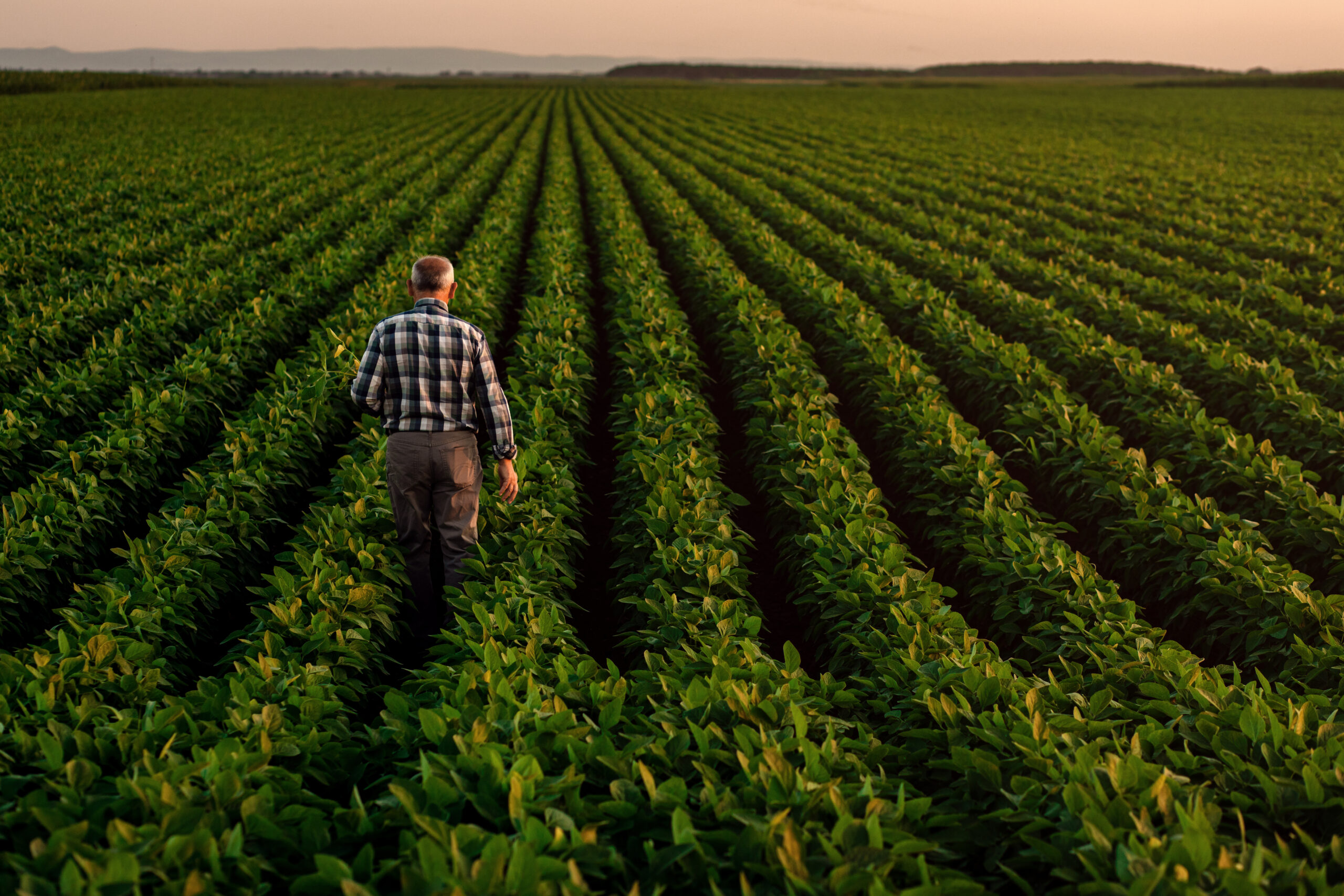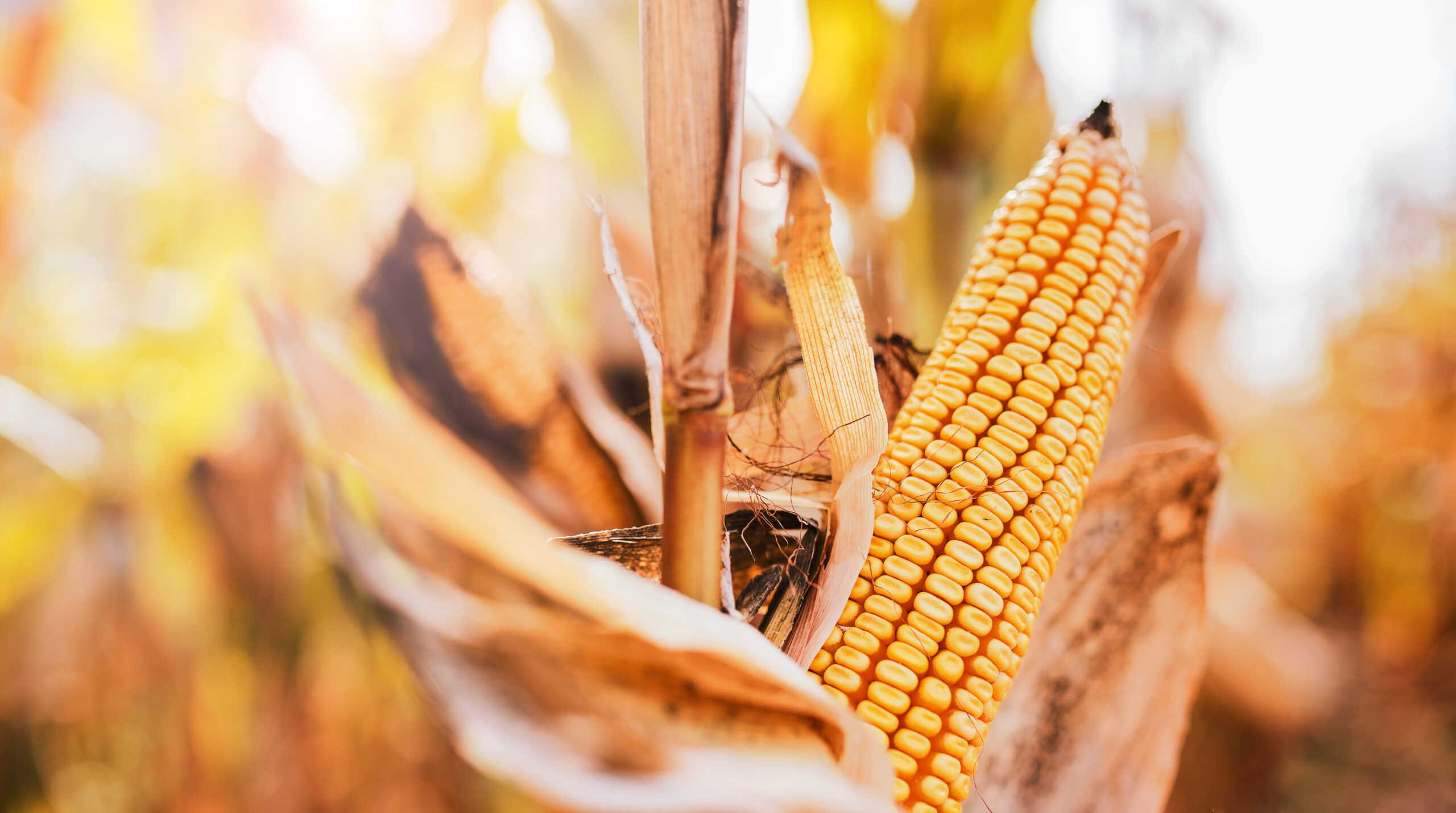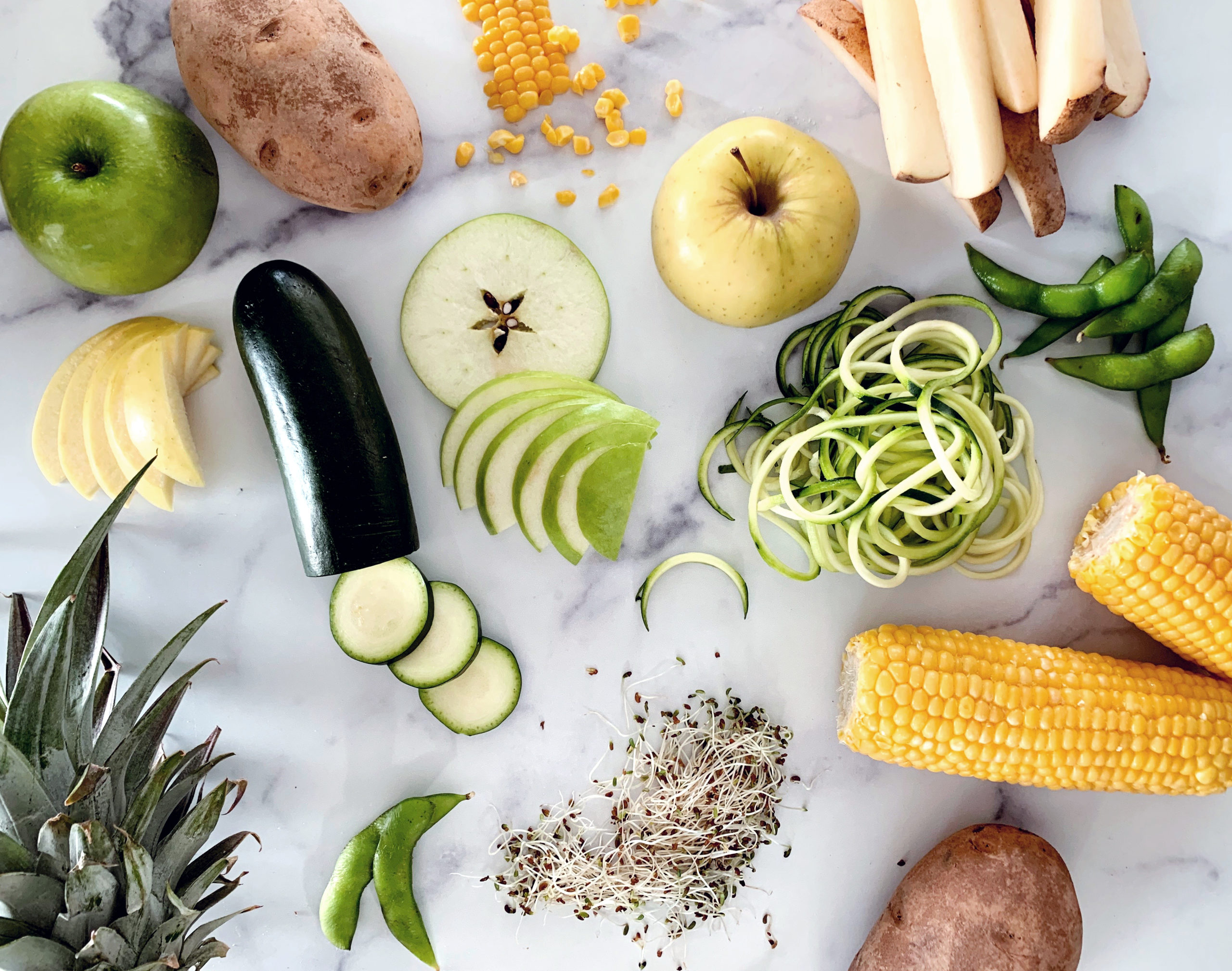GMO FAQ

Got questions about GMOs? You can find a wealth of information in our frequently asked questions.
1. What does GMO mean?
GMO stands for genetically modified organism. The most familiar genetically modified organisms (GMOs) are modified with transgenic techniques, which have been available since the mid-90s. These GMOs are essentially living organisms whose genetic material has been artificially manipulated in a laboratory through genetic engineering, creating combinations of plant, animal, bacteria, and virus genes that do not occur in nature or through traditional crossbreeding methods. Products of new genetic engineering techniques (e.g., CRISPR, TALEN, RNA interference, ODM, and gene drives) are also GMOs.
2. What modifications are made to GMOs and why?
Most GMOs have been engineered to withstand the direct application of herbicide and/or to produce an insecticide. However, new techniques (such as CRISPR, RNAi, ODM) are now being used to artificially develop other traits in plants, including resistance to browning in potatoes, and to create new organisms.
3. Aren’t all crops genetically modified because they change over time?
No. Genetically modified organisms are distinct from crops that have been bred using traditional cross breeding methods. GMOs are only created through the use of genetic engineering or biotechnology, not through processes that could occur in nature. Regardless of whether foreign DNA is used, any process where nucleic acid is engineered in a laboratory is genetic engineering, and the resulting products are GMOs. This also includes what is sometimes referred to as “synthetic biology” or “synbio.”
4. What food is GMO?
Some crops have genetically modified versions that are widely commercially produced. These are corn, soy, cotton, canola, alfalfa, papaya, potato, sugar beet, and zucchini.
Many GMO crops are refined and turned into processed ingredients such as: corn starch, corn syrup, canola oil, sugar, molasses, soy lecithin, soy hemoglobin, citric acid, cellulose, maltodextrin, flavorings, vitamins, and anything that says “vegetable” but is not specific.
The Project is also the leader in advocacy for GMO transparency, conducting ongoing research and technical oversight of the changing GMO landscape.
5. What is genetic engineering?
Genetic engineering, also called biotechnology or bioengineering, is the process scientists use to make GMOs (genetically modified organisms). It includes any process in which genetic material is artificially manipulated in a laboratory, and may involve creating combinations of plant, animal, bacteria, and virus genes that do not occur in nature or through traditional crossbreeding methods. Genetic engineering also includes newer forms of biotechnology such as CRISPR, TALEN, RNAi, ODM, and gene drives.
6. What is biotechnology?
Biotechnology is another term for genetic engineering; it is the application of: a. in vitro nucleic acid techniques, including recombinant deoxyribonucleic acid (DNA) and the direct injection of nucleic acid into cells or organelles; or b. the fusion of cells beyond the taxonomic family that overcame natural physiological, reproductive, or recombination barriers and that are not techniques used in traditional breeding and selection.
7. What does non-GMO mean? What does Non-GMO Project Verified mean?
Non-GMO means a product was produced without genetic engineering and its ingredients are not derived from GMOs. Non-GMO Project Verified additionally means that a product is compliant with the Non-GMO Project Standard, which includes stringent provisions for testing, traceability, and segregation. Only Non-GMO Project Verified products are allowed to use the verification mark. Importantly, the mark includes the Project’s URL, where consumers can look up the Standard to better understand what it means.
8. What does “high risk” mean? What crops are high risk?
When the Non-GMO Project says a crop (also referred to as an input or an ingredient) is “high-risk,” it does not mean that the crop is harmful or worse than other crops. It means a GMO version of that crop is widely commercially available, and that crop is therefore at “high risk” of being a GMO.
Example: Corn is high risk because over 90 percent of corn grown in North America is GMO corn — it is widely commercially available.
High-risk crops currently include alfalfa, canola, corn, cotton, papaya, potato, soy, sugar beet, and zucchini. Find more information about high-risk crops and inputs here.
9. What does “monitored risk” and “low risk” mean? What crops or ingredients are being monitored or at low risk for GMO contamination?
Ingredients and inputs derived for which genetically modified counterparts are in the research and development stages, which have been developed but are not widely commercially available, or for which known GMO contamination has occurred are closely tracked and monitored by the Non-GMO Project, and thus are considered to be “monitored risk.”
Example: There are GMO varieties of crops, such as wheat, mustard, flax and rice, that exist, but are currently not being used commercially. The Non-GMO Project considers these crops to be “monitored risk.”
“Low-risk” ingredients, on the other hand, are inputs or ingredients that are at a low risk of being produced through genetic engineering or from genetically modified organisms (GMOs) because no known GMO counterparts currently exist.
Example: Lentils are low risk because there aren’t any GMO lentils — they are not widely commercially available.
10. Do we need GMOs to feed the growing human population?
No. Nearly all GMOs are used to make animal feed or automobile fuel — not food for humans. When GMOs are in human food, they tend to show up as non-nutritious processed ingredients such as oils and sugars or preservatives and emulsifiers. GMO crops are not about feeding the world but about patented ownership of the food supply. After the Dow-Dupont and Bayer-Monsanto mergers, just three chemical companies now control about 60 percent of the world’s seed supply.
11. How do GMOs affect farmers?
Because GMOs are novel life forms, biotechnology companies have been able to obtain patents with which to restrict their use. GMOs, therefore, pose a serious threat to farmer sovereignty and to the national food security of any country where they are grown, including the United States and Canada.
12. How do GMOs impact the environment?
Over 80 percent of all GMOs grown worldwide are engineered for herbicide tolerance. As a result, use of toxic herbicides such as Roundup has increased 15 fold since GMOs were introduced. GMO crops are also responsible for the emergence of “superweeds” and “superbugs,” which can only be killed with ever more toxic poisons like 2,4-D (a major ingredient in Agent Orange). GMOs are a direct extension of chemical agriculture and are developed and sold by the world’s biggest chemical companies. The long-term impacts of GMOs are unknown, and once released into the environment these novel organisms cannot be recalled.




